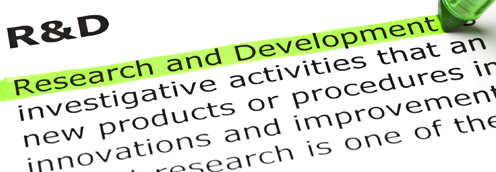Wound Healing Models
Wound healing models / Background / Clinical views
Wound healing is a complex and dynamic process of replacing devitalized and missing cellular structures and tissue layers.
That’s why wound healing models are necessary.
The human adult wound healing process can be divided into 3 phases: inflammatory, fibroblastic and remodeling.
Primary healing, delayed primary healing, and healing by secondary intention are the 3 main categories of wound healing.
Given the lack of efficacy and cost-effectiveness, there has been a lot of interest in new technologies that can improve wound care like nanotechnologies, biological drugs, mesenchymal stem cells, etc…

That’s the reason why preclinical models of skin wound healing are needed for testing efficacy prior to clinical testing. And IMAVITA is able now to propose operational efficacy testing service in wound healing models in dermatology.
Wound healing models / Overview
Wounds induction
- Mechanical induction / Incision or full sskin biopsy induction
- 1st intention healing with suture or surgical glue
- 2nd intention healing with full biopsy with different diameters adapted to animal size / bodyweight and conditions
- Thermal (burn wound healing 1st / 2nd / 3rd degrees)
- in rodents (diabetic / non diabetic) & large animals
Wounds healing conditions
- Normal conditions / Normal animals
- Ischemia / neuroishemia conditions
- Diabetic conditions
Evaluated parameters / Endpoints
- Clinical macroscopic endpoints
- Macroscopic observations of wound
- Measurements of healing process (caliper): Wound diameter / surface, epithelialization diameter and dermal edge diameter migration
- Protocol defined scoring
Imaging
- Calibrated photographs / pictures of wounds
- Skin surface temperature using FLIR cameras for ischemia conditions control
Samplings / ex vivo analysis
- Histopathology / Histomorphometry after HE or Masson-Trichrome staining
- Immunohistochemistry / Immunofluorscence on request
- Biomarkers analysis (inflammation markers) using qPCR or protein analysis (ELISA multiplex or single)
Statistical analysis of efficacy data
Image analysis for in vivo or ex vivo imaging biomarkers quantification
On going R&D
Development of non invasive imaging evaluation for longitudinal studies in wound healing models (Fluorescence Tomography / Optical Tomography)
